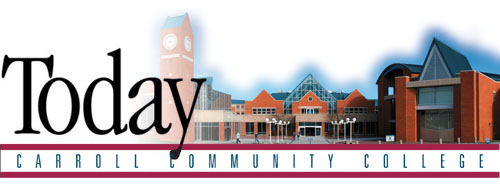|
Redesigning America’s Community Colleges: A Clearer Path to Student Success by Thomas R. Bailey, Shanna Smith Jaggars, and Davis Jenkins, Harvard University Press, Cambridge MA, 2015.
The authors, researchers at the Community College Research Center of Teachers’ College, Columbia University, have compiled years of research into this guidebook of lessons learned and prescriptions advocated. Their conclusion is succinctly stated: “The offerings and support services provided by community colleges under the prevailing model are well designed to achieve the organizational goal of access to college courses. They are not well designed to help students enter and complete college programs.”
The authors call the prevailing model the “cafeteria or self-service college” because students are largely left to navigate a complex array of courses and services on their own. Students are often overwhelmed with too many choices, resulting in poor course selections and failure to access valuable services. The authors advocate for a “guided pathways” model that they argue is easier to understand and follow, structuring student choices and facilitating program completion. The cafeteria model is built around individual courses, while the guided pathways model is built around programs of study.
The guided pathways model involves a comprehensive college redesign, in contrast to recent popular reform efforts that the authors argue have been well-intentioned but have failed to improve outcomes, because they are “mired in a framework from the 1960s”. To positively change outcomes, colleges need to focus on programs, limit and guide student choices, restructure developmental education, monitor student progress, and intervene when appropriate.
The goal is to help students choose and enter a program of study as quickly as possible—having a tangible goal and making progress toward it provides motivation to stay in school. Requiring entering students to select a broad area of study from a limited set of options is the recommended first step in the guided pathways model. Advising should then help students explore more specific curricula within their area of interest. Once a pathway has been selected, advisors should monitor student progress at established milestones to keep students on track.
Student success courses are a useful element of the guided pathways model, as a cost-effective means of assisting students in goal setting and program planning. Success course sections can be created for each broad area of study, focusing on the specific program paths, careers, and transfer options of students in each area. Students can be instructed in the use of program planning software so they can plan and understand their path to completion.
One intended consequence of this approach is to reduce the number of undecided students being identified in a general studies track. Students are encouraged to select an area of study and engage in career and transfer exploration. A General Studies “program” would appear to be inconsistent with the guided pathways approach as delineated by the authors. Similarly, using a class schedule booklet—essentially a listing of discrete courses—as a chief marketing tool is inconsistent with the guided pathways emphasis on programs of study.
The authors argue that many academic administrative decisions reflect the uncoordinated cafeteria model. Pedagogical efforts are frequently focused at the course level, faculty development is episodic and voluntary, and adjunct faculty in particular may have little sense of how their courses fit into a larger curriculum.
The authors focus much of their attention on developmental education. They find many problems with practices that assert that placement testing can clearly identify students as college-ready or developmental, and that students should complete remediation before entering college-level programs. They argue that lengthy developmental sequences give students many opportunities to drop out and sap their motivation to persist. They pointedly conclude that, “rather than facilitating a student’s successful entry into college-level programs of study, developmental education diverts students away from such programs.”
The guided pathways approach advocates the integration of developmental education into credit-bearing courses relevant to the student’s program of study.
The authors also criticize mandates that all students complete college-level algebra, asserting that many students are blocked from advancing because they fail to complete a course that is irrelevant to their program of study.
They sum up their view by urging colleges “to redesign developmental education to be an integral part of the broader on-ramp to a program of study.”
The authors also issue a caution about the increasing use of online courses, which they argue can “reinforce the cafeteria model of disconnection and isolation” if not properly integrated into programs. They are more optimistic about hybrid courses, arguing that they can be more effective than even face-to-face courses because students may spend additional time on task in hybrid courses.

Back to top
|

